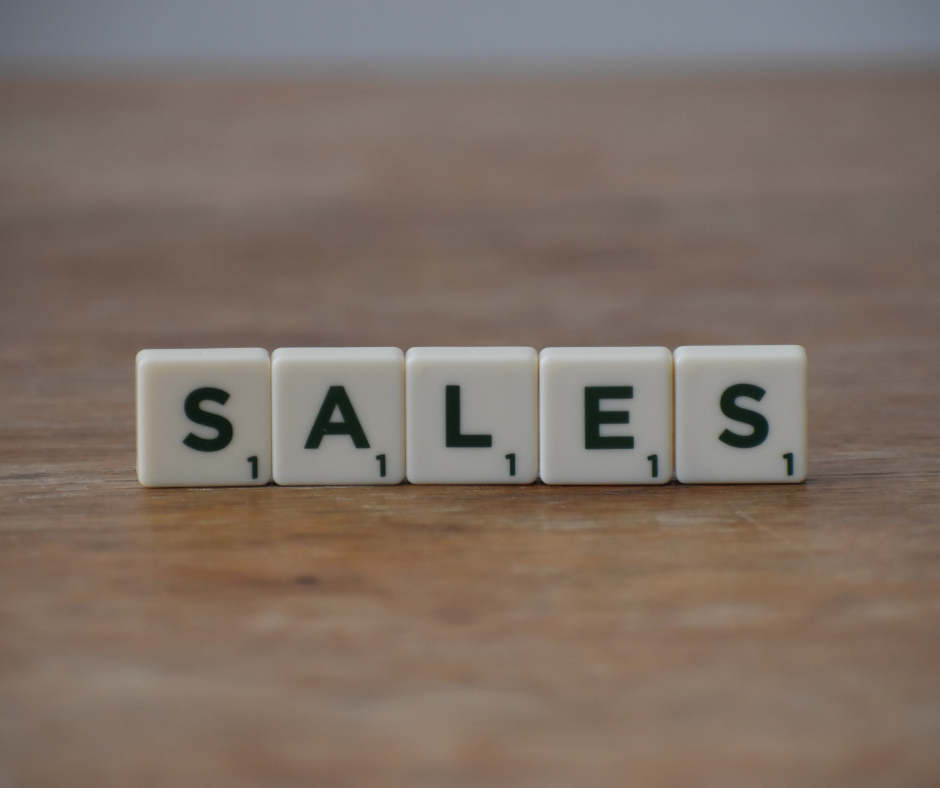
Sales Is Still a Numbers Game
But, the numbers that you need to monitor and measure have changed dramatically, and I do mean dramatically. Back in my early days of selling for IBM, one of our management’s mantra was “calls plus presentations equals sales; and that worked.
But, in today’s world, there are many other metrics that need to be monitored, in order to optimize the results of your selling efforts. Keep in mind that most sales teams spend much of their time trying to generate leads. In other words, they’re trying to fill the funnel; and that’s important, but…
What would happen to your top and bottom lines, were you able to increase the margin per deal by, let’s say, just 10%?
What would happen to your top and bottom lines, were you able to shorten your sales cycle by as little as 10%?
What would happen, if you were able to generate 10% more revenue from your existing accounts?
What would happen, if you were able to get 10% more qualified leads from marketing?
What would happen, if you spent 10 more minutes per day engaged in revenue-producing activities?

You see, all of the questions above are intended to point out that any one of those action items will produce an uptick in your top and bottom line. If you are able to do more than one, then there’s a compounding effect on your top and bottom line. By impacting two or three – perhaps, four – of those action items / levers, I’ve seen sales organizations increase their revenue by as much as 40% or 45%! And, they do that without hiring one more salesperson.
You see, in the old days, we focused on sales skills training. A big part of that focused on filling the funnel, and that’s still important. But, take a look at these other action items / levers. Webster’s defines a lever as an item that increases the energy or force applied at one end versus another, based on the location of the fulcrum. Imagine the impact that that leverage or compounding leverage will have on your organization.
Now, the problem that we have is that these process-related levers are rarely measured. For instance, I will wager that very few, if any, of our readers literally have an accurate handle on the length of their current sales cycle. When I ask my audiences how long their sales cycles are, I get responses that almost inevitably start with the word “about”. But, you see, precision is what produces profitability; and “about” is anything but a precise statement of any situation.
It’s an old cliché, but a very true one, that you can’t manage that which you can’t measure. And, that’s where an exciting new tool, that is part of our arsenal, comes into play. Over the next few weeks, keep your eyes on your email, as I will be introducing you to our Sales Call Reporting Tool. This is a small app that runs on smartphones and collects the data needed to be analyzed in order to shorten your sales cycle, improve the effectiveness of your funnel, understand where roadblocks and obstacles occur and, most importantly, close more business.
This tool has been developed to help salespeople and sales managers manage their activity with precision. Let’s continue to fill the funnel, but let’s fill the funnel with qualified leads (no more looky-loos) and let’s understand what’s going on within the pipeline/funnel.
You see, I believe that almost all sales professionals (salespeople, managers and executives) understand how many opportunities go into the funnel, and we all know exactly what comes out of the funnel, but what goes on inside of the funnel is a mystery to the vast majority of sales professionals.
Our Sales Call Reporting Tool takes the blinders off of your sales vision and lets you see, with clarity, what your future looks like. Again, keep your eyes on your email, as I will be inviting each of you to attend a demonstration of this unique, new and extremely powerful tool. As always, I wish you…
Good Luck and Good Selling!!!


